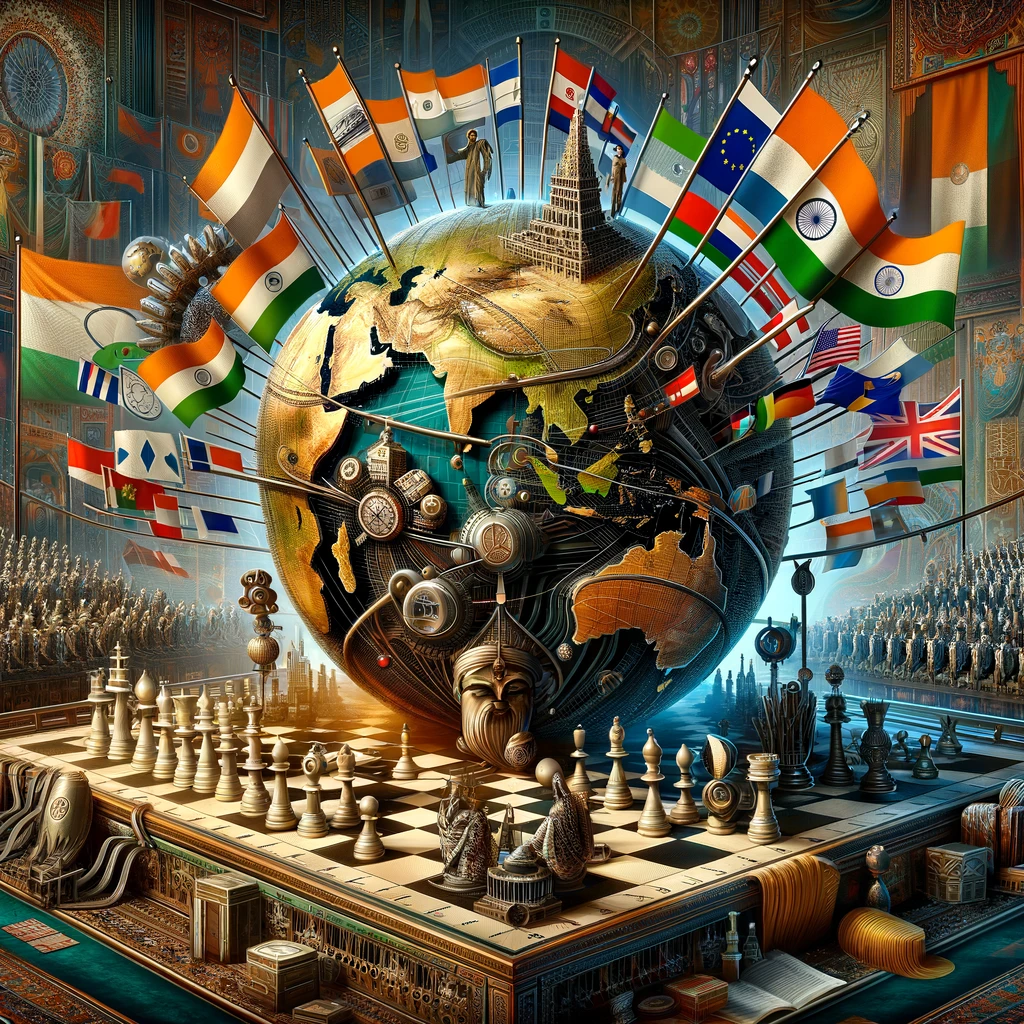The literary saga of Salman Rushdie’s The Satanic Verses has always been shrouded in controversy, censorship, and chaos. Thirty-six years after its publication, the book’s tumultuous journey in India has taken another intriguing twist. In an ironic turn of events, the Delhi High Court recently closed a plea challenging its import ban, noting that the original 1988 notification imposing the ban was untraceable. This peculiar revelation has reignited debates about freedom of expression, governmental overreach, and the power of literature.
The book’s history of controversy took a tragic turn in August 2022 when Salman Rushdie was attacked on stage during an event in New York. Stabbed multiple times, the author was hospitalised with severe injuries. The attack, widely condemned as an assault on free speech, underscored the enduring violence and threats surrounding The Satanic Verses and its author. The incident served as a grim reminder of the dangerous intersection between literature, faith, and extremist ideologies.
How It All Began
Published in 1988, Salman Rushdie’s The Satanic Verses quickly became a lightning rod for controversy. Drawing inspiration from Islamic history and mythology, the book intertwined reality with fiction, sparking outrage across several Muslim-majority countries. Many deemed its portrayal of religious themes as blasphemous, and protests erupted worldwide, with Iran’s Ayatollah Khomeini famously issuing a fatwa calling for Rushdie’s assassination.
India, with its significant Muslim population, was among the first countries to react. Just weeks after the book’s release, then-Prime Minister Rajiv Gandhi’s government imposed a ban on its import and sale. The ostensible reason? To prevent communal unrest and maintain public order. But was it a decision rooted in genuine concern or political expediency? Many critics argue that the move was more about appeasing voter blocs than upholding any moral or ethical principle.
The Satanic Verses Ban and its Fallout
The ban on The Satanic Verses set a troubling precedent for censorship in India. It wasn’t just about prohibiting the sale of a book; it signalled the state’s willingness to stifle dissenting voices in the name of public sentiment. While some applauded the decision as necessary for communal harmony, others decried it as a blow to intellectual freedom.
Over the years, the controversy surrounding the book took on a life of its own. Protests, often violent, broke out in several Indian cities. Writers, intellectuals, and activists debated whether the government’s actions were justified. Meanwhile, the book’s allure grew exponentially; the ban turned it into a forbidden fruit for bibliophiles and free speech advocates alike.
In recent years, however, cracks began to appear in the narrative surrounding the ban. The Delhi High Court’s recent decision to close a plea challenging the import ban was based on an almost absurd revelation: the original 1988 notification imposing the ban could not be traced. Officials failed to produce any concrete documentation proving that the ban had ever been officially formalised. The court, citing procedural hurdles and the lack of evidence, presumed that the ban does not exist.
This ruling effectively lifted the ban on the book, sparking celebrations among free speech advocates. However, the fact that copies of The Satanic Verses had already been spotted in prominent bookstores, such as those in Khan Market, raises questions about how enforceable the ban ever was in practice.
Read more: Three Pigs to Financial Freedom
Why Was The Satanic Verses Banned in the First Place?
The decision to ban The Satanic Verses was ostensibly made to prevent communal violence. However, critics have long argued that the move was politically motivated. Rajiv Gandhi’s government was navigating a complex political landscape, attempting to balance secular ideals with the demands of religious constituencies. By banning the book, the government hoped to placate Muslim leaders and avoid potential unrest.
This decision, however, came at a cost. It cemented India’s reputation as a nation quick to censor controversial art and literature. It also emboldened other groups to demand bans on works they found objectionable, leading to a slippery slope of cultural policing.
The Enduring Legacy of Censorship
The Satanic Verses ban—or lack thereof—has broader implications for India’s cultural and intellectual landscape. The inability to trace the original ban notification highlights the arbitrary nature of censorship decisions. How many other works have been similarly silenced without proper justification or documentation?
Moreover, the controversy underscores the fragility of artistic freedom in India. Writers and creators often navigate a minefield of potential backlash, with governments quick to capitulate to public outrage. This environment stifles creativity and discourages dissent, two pillars of any vibrant democracy.
Can You Buy It Now?
The Delhi High Court’s decision has reignited curiosity about The Satanic Verses. Bookstores in Delhi, Mumbai, and other cities have reportedly started stocking the book, and its availability online has increased. For many, owning a copy is an act of defiance—a way to reclaim the intellectual freedom that the ban sought to suppress.
However, the lingering question remains: was the book ever truly banned in a legal sense? The absence of a formal notification casts doubt on the legitimacy of the government’s actions in 1988. This ambiguity adds another layer to the already complex story of The Satanic Verses in India.
A Lesson for the Future
The saga of The Satanic Verses serves as a cautionary tale for policymakers and citizens alike. It highlights the dangers of conflating public sentiment with governance and the importance of safeguarding artistic expression. As India grapples with its identity as a pluralistic, democratic nation, it must confront the legacy of censorship that has stifled its cultural growth.
The lifting of the presumed ban on The Satanic Verses is a step in the right direction, but it is far from the end of the road. The incident should prompt introspection about how and why we allow certain voices to be silenced. After all, literature thrives on controversy, debate, and the exchange of ideas—not on suppression and silence.
The tale of The Satanic Verses in India is one of irony and intrigue. A book that was banned to preserve public order has outlived the very notification that sought to silence it. As copies of the book find their way back to Indian shelves, they stand as a testament to the resilience of ideas and the enduring fight for intellectual freedom. Perhaps it’s time to let readers decide for themselves what’s offensive and what’s art—because the right to read is, and always should be, non-negotiable.
Read more: Fifty Year Road




